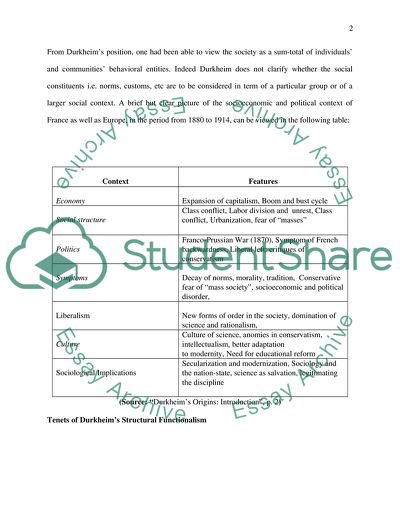Cite this document
(Critical Analysis of Durkheims Structure-Functional Model of Society Assignment, n.d.)
Critical Analysis of Durkheims Structure-Functional Model of Society Assignment. Retrieved from https://studentshare.org/sociology/1747031-sociology-an-essay-about-a-sociological-thinker
Critical Analysis of Durkheims Structure-Functional Model of Society Assignment. Retrieved from https://studentshare.org/sociology/1747031-sociology-an-essay-about-a-sociological-thinker
(Critical Analysis of Durkheims Structure-Functional Model of Society Assignment)
Critical Analysis of Durkheims Structure-Functional Model of Society Assignment. https://studentshare.org/sociology/1747031-sociology-an-essay-about-a-sociological-thinker.
Critical Analysis of Durkheims Structure-Functional Model of Society Assignment. https://studentshare.org/sociology/1747031-sociology-an-essay-about-a-sociological-thinker.
“Critical Analysis of Durkheims Structure-Functional Model of Society Assignment”. https://studentshare.org/sociology/1747031-sociology-an-essay-about-a-sociological-thinker.


